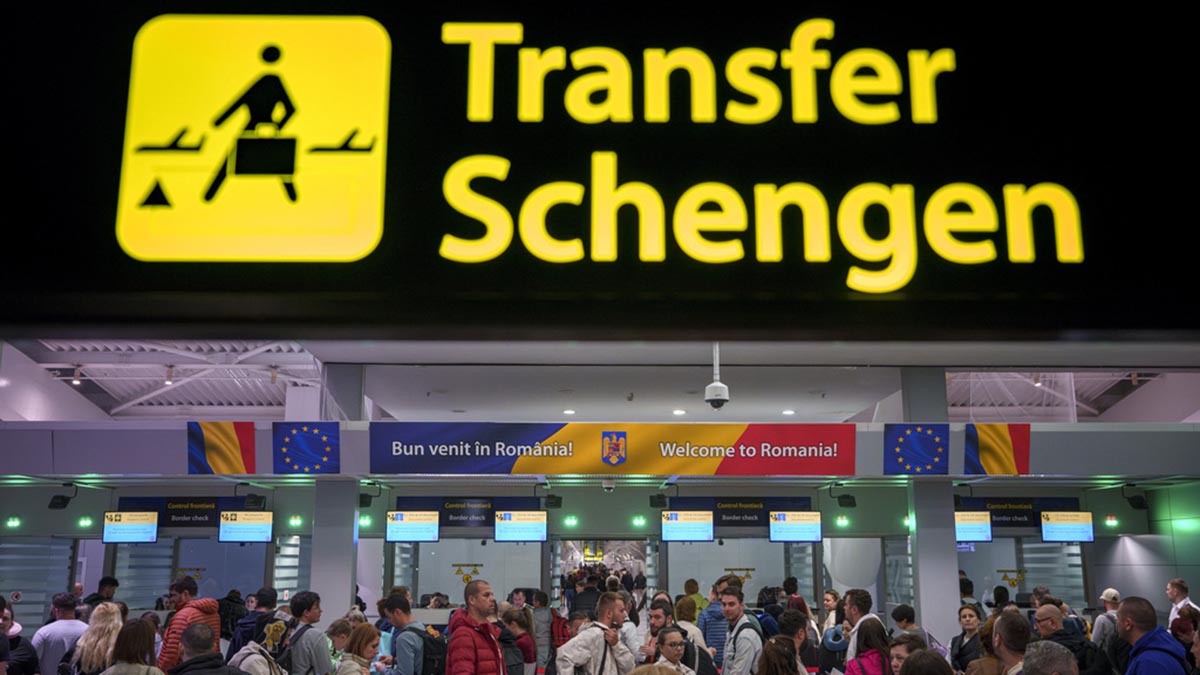Are you planning a Europe trip?
You’ll need to a pply for a Schengen Visa which allows travellers access to over two dozen European countries.
However, many people in the past have complained about the difficulties of obtaining this visa. But there’s good news. The Schengen visa is now set to go digital.
What do we know? Is this good news for Indians?
Let’s take a closer look:
A brief look at Schengen Visa.
First, let’s take a brief look at the Schengen Visa.
Under this visa regime, travellers can access what is known as Schengen area or Schengen zone. This comprises the over two dozen nations belonging to the European Union plus Iceland, Liechtenstein, Norway, and Switzerland.
The Schengen zone a spans over four million square kilometres and covers a population of 450 million. This is a great deal for citizens of the European Union, who can travel from one country to the other with minimal border checks. Around 3.5 million people are estimated to travel within this zone every day.
However, those who are not citizens of the EU can also apply for this visa, which is given for tourism, business or work for a period of three to six months.
But it’s not as easy as that. Many people have complained about the difficulties of obtaining such this short-term visa. They point to the fact that the paperwork is cumbersome and sometimes multiple applications are needed before the visa is approved.
They have also complained about the time taken for the visa to be approved . Experts say travellers mostly complaints about Italy, Germany, Netherlands, Croatia and Finland.
That’s not all. Data put out last year showed that European nations are raking in hundreds of millions of dollars in visa application fees while also rejecting these requests – a process known as ‘reverse remittances’.
Most of the rejected applications come from African and Asian nations. To make matters worse, the European Commission last year increased the price of these visas by double digits in terms of percentage.
Now, let’s take a look at the Schengen Visa going digital.
What we know about Schengen Visa going digital
The European Union had decided to digitise the entire process in 2023.
The process to go digital for the Schengen Visa is already underway. The bloc pilot-tested the programme in France for the 2024 Paris Olympics.
Paris issued around 70,000 digital Schengen visas to travellers. Rather than a receive a visa ticker on their passports, travellers were sent a digital barcode.
The process is set to go completely digital by 2026 with the EU launching a centralised application platform.
Indian travellers will be able to upload their documents, pay fees online, and track application status and receive a digitally signed barcode. Those travelling to Europe for the first time will have to come to the consulate to provide their biometric data.
Or if they are applying with a new travel document, they will have to renew it after five years. However, this will aid Indians who are frequent travellers to Europe. It will also streamline their entry in the Schengen Area by giving them biometric e-gate access.
The EU says this will make applying for a Schengen visa easier and the visa itself will be more secure and less vulnerable to theft and fraud.
By 2028, the unified EU Online Visa application platform will likely be fully operational across all member nations. This will allow applicants to apply online regardless of the nation they want to visit.
EES and ETIAS
Meanwhile, the European Union is also launching the Entry/Exit System (EES) and the European Travel Information and Authorisation System (ETIAS).
The EES, which kicks off in October, does away with passport stamps in favour of biometric data such as fingerprints and facial scans. This, the EU says, will allow it to keep a more watchful eye on entries and exits from the bloc.
Meanwhile, the ETIAS will require travellers from over 50 visa-exempt countries including the UK, US, Canada and Australia to apply online before they visit the Schengen Zone.
On similar lines to the US’ ESTA system, this is slated to be launched in 2026. Travellers will have to pay around $7.40 (Rs 648). The application, which could take as long as four days to be approved, will replace passports being stamped at the border. It will be valid for three years. Authorities say the pre-screening will help weed out security threats.
Meanwhile, some European nations are pushing for a common “European tourist visa” that would cover both Schengen and non-Schengen nations.
The move, being spearheaded by Greece, Italy, and France, is aimed at easing travel across multiple EU nations and cutting down on red tape. However, this is still likely years away.
With inputs from agencies


)

)
)
)
)
)
)
)
)



